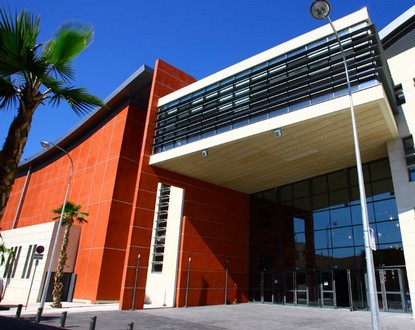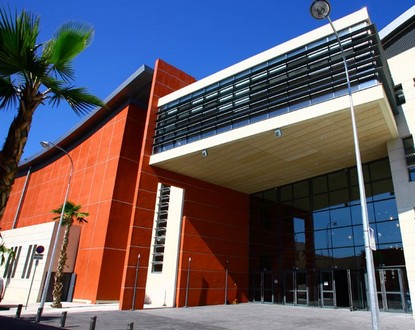Nice, far from the theater of military operations, played a role in the Great War through the intervention of its men (sometimes children), its scholars, its aviators, its artists (the writer Apollinaire), but also by welcoming refugees in all hotel establishments.
 Before the concert, André PEYREGNE will evoke the Great War in the region
Before the concert, André PEYREGNE will evoke the Great War in the region
Before coming to live in Nice, Igor Stravinsky was then a refugee in Switzerland due to the Russian revolution, and Diaghilev, himself exiled, was hardly able to help him. He was introduced to Ramuz by the Swiss conductor Ernest Ansermet. Part of the score was written in Lens, where Stravinsky was hosted in the chalet of the painter Albert Muret.
A work created in the middle of the First World War
In this 1917 composition for a show blending music and theater, composer Igor Stravinsky demonstrates prolific writing, drawing his inspiration from numerous musical references (tango, waltz, South American, Russian melodies…), offering musical moments to delightfully follow the dynamic of the plot. As for the Swiss writer Charles-Ferdinand Ramuz, he provides a narrative that sounds like a biting fable about the war. The Soldier’s Tale denounces the false happiness and power of money (which both the Soldier and the Devil fall victim to in turn) and contrasts it with the power of art (represented by a violin contested by these two characters), which dispenses joy provided one does not desire more than what is given. Ultimately, the Devil triumphs—and with him, Evil.
“On the path that takes him back home, the soldier Joseph meets a mysterious butterfly hunter. The old man offers him a strange deal: his violin in exchange for a magic book that predicts the future. Tempted by all the promised riches, the soldier accepts. But when he realizes that it’s his soul he has actually given to the devil, it is already too late…”
The professors of the Conservatory as soloists under the direction of Thibaut PONSIN
Narrators: André PEYREGNE and Jany MUCKENSTURM – violin, Elisabeth VANTHOMME – double bass, Gilles SWIERC – clarinet, José CASTILLO – bassoon, Jean Pierre GONZALVES – cornet, Jean Claude MORISSE – trombone, Régis FAMELART – percussion
Mime drama (stage music in the form of a melodrama) composed in 1917 with a text by Charles-Ferdinand Ramuz for narrator and seven instrumentalists



